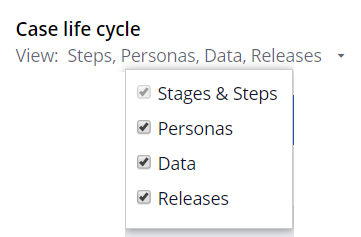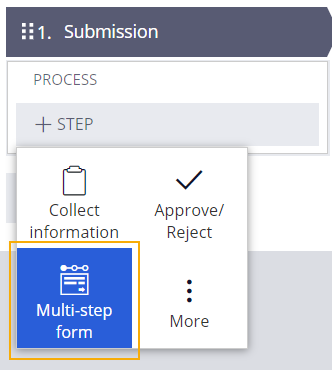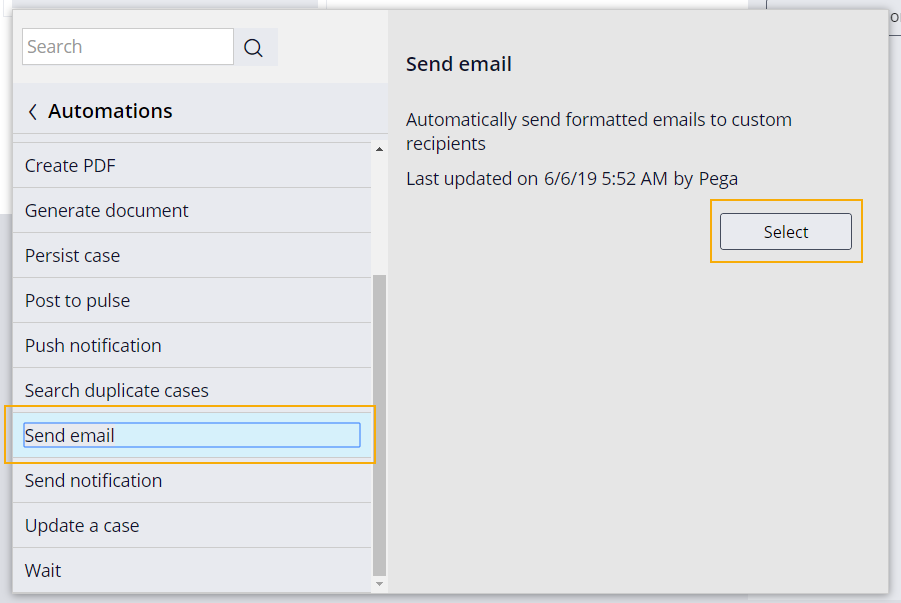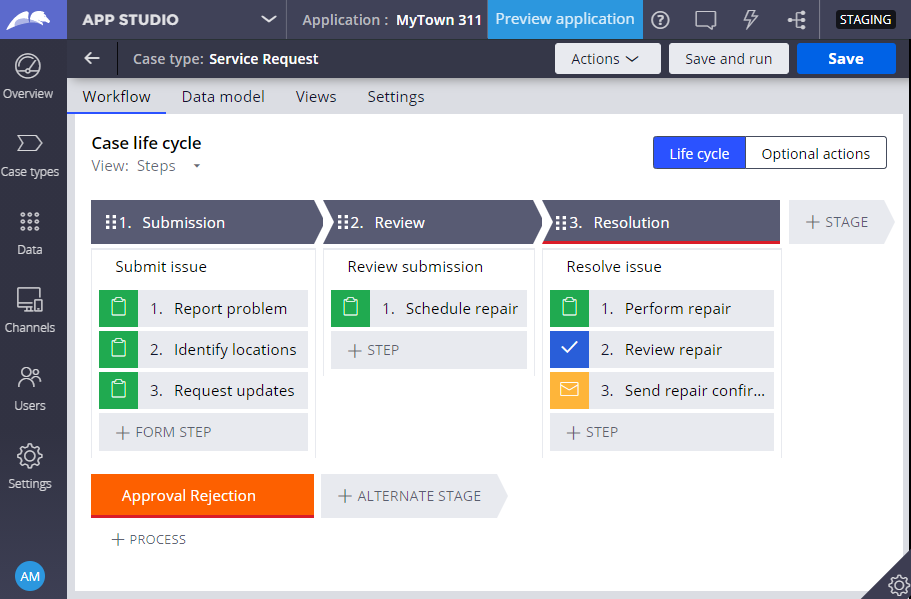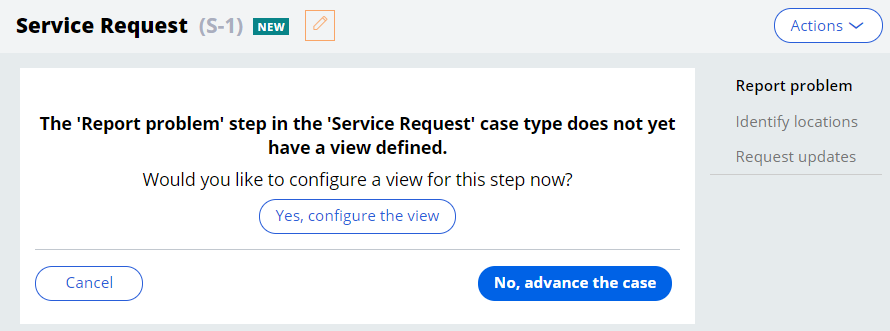
Designing a Case Life Cycle
Archived
6 Tasks
20 mins
Scenario
The mayor of MyTown wants to increase resident engagement and improve the town’s responsiveness to issues raised by residents.
To achieve this goal, the services coordinator wants residents to submit service requests that available city services can resolve. To begin the process, the mayor and the services coordinator have outlined a workflow for submitting, reviewing, and resolving service requests and want to design a case type to manage such requests.
The following table provides the credentials you need to complete the challenge.
| Role | User name | Password |
|---|---|---|
| Application Developer | author@mytown | pega123! |
Challenge Walkthrough
Detailed Tasks
1 Create a Service Request case type
- In the window, click Create case type. The Create case type window is displayed.
- In the Case type name field, enter Service Request.
- Click Next.
- On the Workflow tab, click to add a new case life cycle. The new case life cycle is displayed with a text box for the first stage name.
- Under Case life cycle, click the View: Steps, Personas, Data, Releases menu to display a list of check box items.
- Clear the Personas check box to hide the Personas section in the case life cycle.
- Clear the Data check box to hide the Data section in the case life cycle and automatically clear the Releases check box.
Note: For this challenge, the full scope of the MyTown project is handled in the initial release. You do not need to leverage the capabilities of personas, data, and releases in the case life cycle. Each time you log in to a system or perform a Save and run, you must clear the Personas, Data, and Releases options from the menu if you wish to hide this capability.
- Click outside the menu to hide the View: Steps, Personas, Data, Releases menu.
2 Add the Submission, Review, and Resolution stages
- On the Workflow tab, under View: Steps, in the field, enter Submission to add the first stage name and display the contextual property pane on the right.
- In the General tab of the contextual property pane, select to enable the case to advance automatically when the Submission stage is complete.
- To the right of the Submission stage, click Stage to add a second stage.
- In the text box that is displayed, enter Review to add the second stage name and display the contextual property pane on the right.
- In the General tab, select Automatically move to next stage to enable the case to advance automatically when the Review stage is complete.
- To the right of the Review stage, click Stage to add a third stage.
- In the text box that is displayed, enter Resolution to add the third stage name and display the contextual property pane on the right.
- In the General tab of the contextual property pane, select to resolve the case automatically when the Resolution stage is complete.
3 Build the Submission stage
- On the Workflow tab, in the Submission stage, hover over Process and click Step > Multi-step form to add a multi-step form.
- In the field that is displayed, enter Report problem.
- Click Form Step to add a step to the multi-step form.
- In the field that is displayed, enter Identify location.
- Click Form Step to add a step to the multi-step form.
- In the field that is displayed, enter Request updates.
- Click the Submission process and enter Submit issue to replace the label and display the contextual property pane on the right.
Note: When a new process is created, Pega Platform™ automatically assigns the process name based on the stage name. You can change the default process name after creating the first step in that process.
- In the contextual property pane, under Horizontal navigation, click Change to select the navigation template.
- In the Select a template window, click Vertical navigation to display the navigation menu vertically.
4 Build the Review stage
- Under the Review stage, hover over Process and click Step to choose a step type.
- Click Collect information to add a step that collects user input.
- In the Collect information field, enter Schedule repair to name the step.
- Click the Review process and enter Review submission to replace the process label.
5 Build the Resolution stage
- In the Resolution stage, hover over Process and click Step to choose a step type.
- Click Collect information to add a step that collects user input.
- In the Collect information field, enter Perform repair to name the step.
- Click the Resolution process and enter Resolve issue to replace the process label.
- Click Step > Approve/Reject to add a decisioning task to display an Approve/Reject step under Perform repair and add an alternate stage to the case life cycle.
- In the Approve/Reject field, enter Review repair to name the step.
- Click Step to add the third step to the Resolution stage.
- Click More to display three step type categories — Processes, User actions, and Automations.
- Click Automations to display steps automatically performed or processed by the system.
- Click Send email > Select to add a step that automatically sends preconfigured emails.
- In the Send email field, enter Send repair confirmation to name the step.
- In the upper right, click Save.The Service Request case life cycle is displayed with the stages and steps created.
6 Confirm your work (section not graded)
- On the Workflow tab, in the upper right, click to save changes and create a new Service Request case type instance.
- In the new Service Request case, in the upper right, click Done to proceed to the Submission stage.
- On each Collect information step, click No, advance the case.
Note: App Studio prompts you to configure views for each step in the case life cycle because you have not yet configured views. Disregard the message.
- On the Approval step, click Approve to complete the case.



